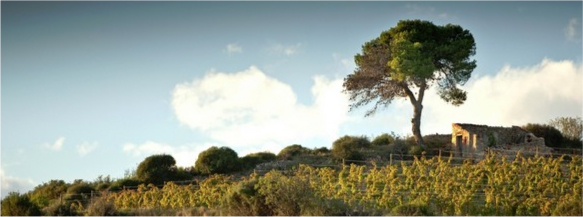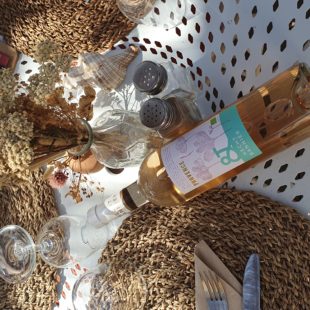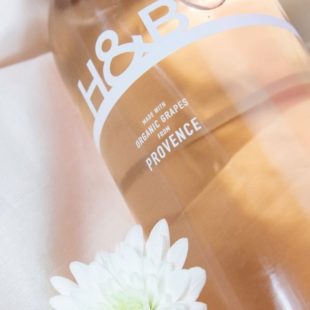Location: The appellation extends over 47 local districts of the Bouches du Rhône, and two in the Var county. It covers the western part of Mediterranean calcareous Provence. Durance river is the nothern natural boundary while Mediterranée is the southern limit. Montagne Saint Victoire and the city of Aix en Provence are the western door.
Planted surface: 4400 hectares
Altitude: From sea level up to 300m
Rosé and Red varieties: Cinsault, Grenache, Counoise, Syrah, Mourvèdre.
Carignan, Cabernet Sauvignon et Caladoc are complimentary grapes.
White varieties: Rolle or Vermentino must be a minimum 50 % of white wines. Clairette, Grenache blanc, Sauvignon, Ugni blanc, Sémillon, Bourboulenc are also applicable.
Wine produced: Rosés 87%, reds 8% and whites 5%
Charming Rosé, with mineral and floral tones and and shades of citruses and soft spices.
Men and vines
Majority stake of production is coming from cooperatives. Across the appellation, there are 12 cooperatives and 75 domains
Vine cultivation is recorded since first century BC in the area surrounding Aquae Sixtiae, the latin name of first city of Aix en Provence. The very positive reputation of coteaux d’Aix through history has a duty to King René – knicknamed the vintner king-. Throughout his reign in the XV century, he had spread the awareness of the wines of his city.
Coteaux d’Aix en Provence soils are almost limestones with three main variations
- limestone and clay with above-ground stones
- Sandy, often gravelly on molasse and sandstone
- Stony with a clay or loamy-sand matrix on the north part
Three low mountain ranges are drawing gentle curves within the area. Running from east to west. Chaîne de la Nerthe or chaîne de l’Estaque just above the Mediterranée, chaîne de la Fare in the middle, and chaînon des Costes on the North.
Between reliefs, vineyards are located upward sedimentary basins. There is truly a strong homogenity within the terroirs of Coteaux d’Aix.
Climatology facts
Likely on the rest of the Mediterranean amphitheatre, sunshine is definitely the first characteristic of the Provencal climate with more than 2900 hours of sunlight per year. During fall and spring, rainfalls happen to be heavy but summer is always dry and warm. Global precipitations are following vintages from 600 to 650 mm and tend to happen in few stormy rains.
A very windy atmosphere is the other specific character of the area. Mistral is a violent, cold and very dry wind but is also a strong advantage for the vineyards which are naturally protect against diseases attacks. Cordon de Royat and gobelet pruning are mandatory to adapt to this atmosphere.
Wines
Limestones soils of Coteaux d’Aix provide delicate and deep wines with a true freshness and fine acidity. The nose of Rosé shows aromas of white flowers and little red berries with also in most cases, tones of citrus fruits, pear and sweet spicies.
With real complexity and fruit, the wine brings a mouthfull yet acid palate. They are highly quaffable when young but they also offer real ability to age in bottle for longer than the summer season.


